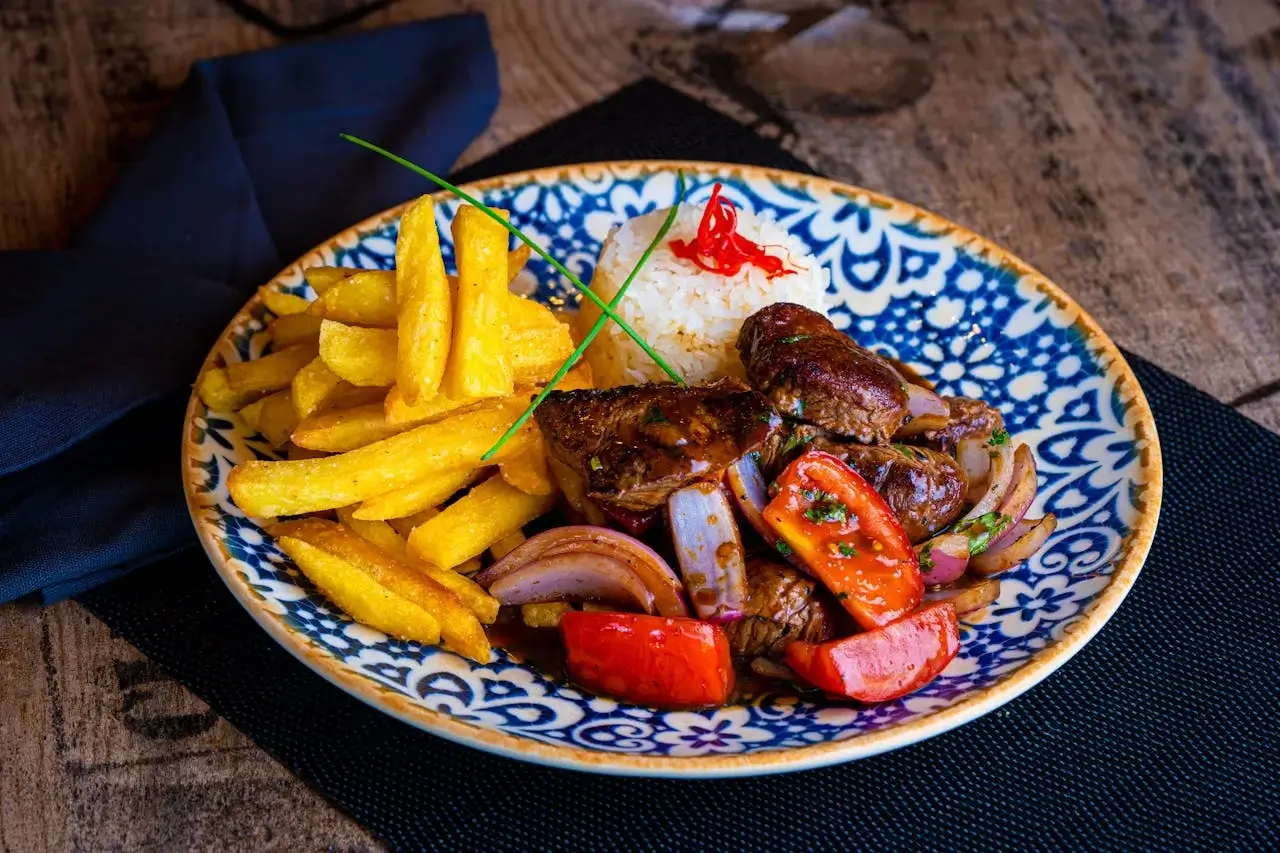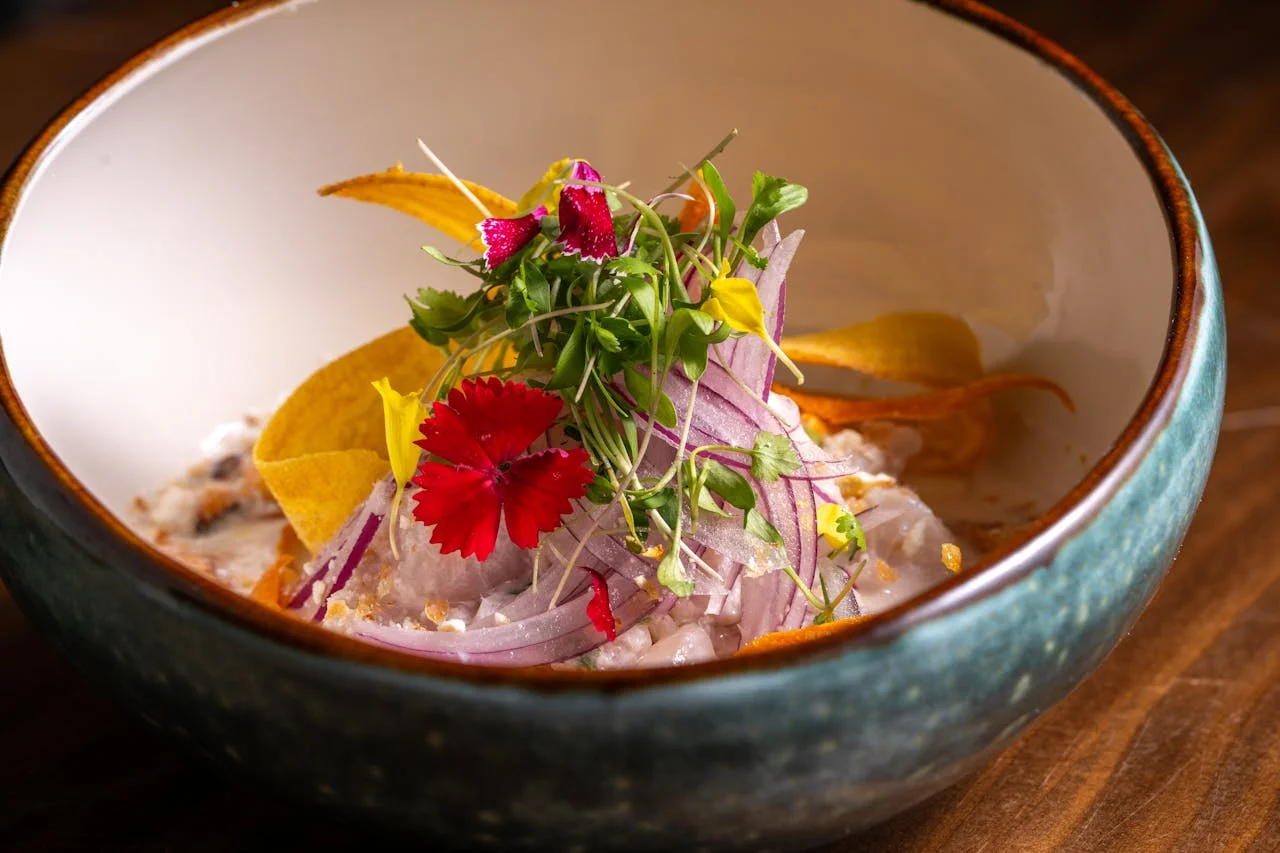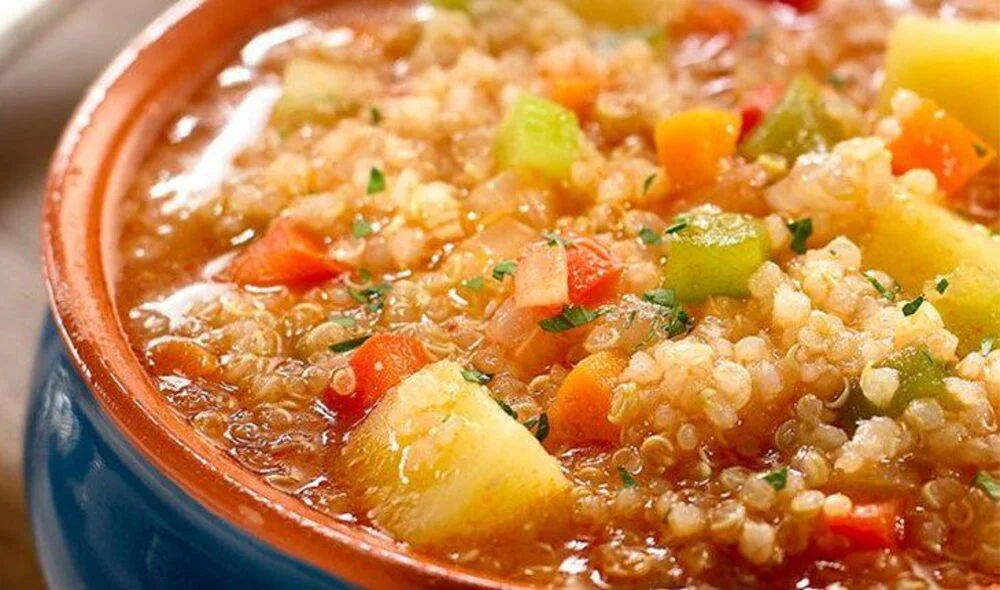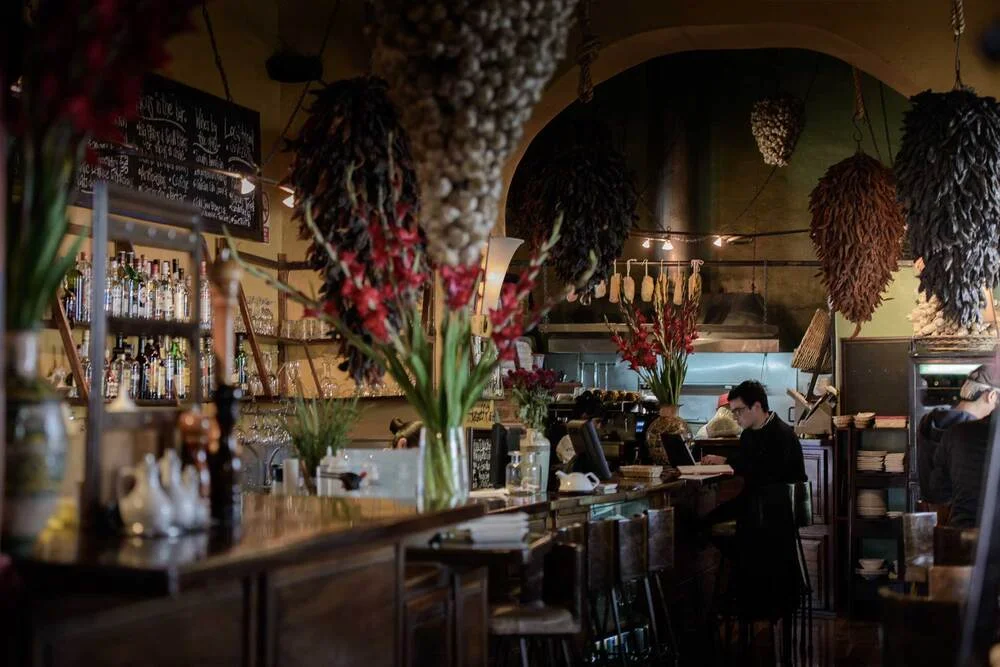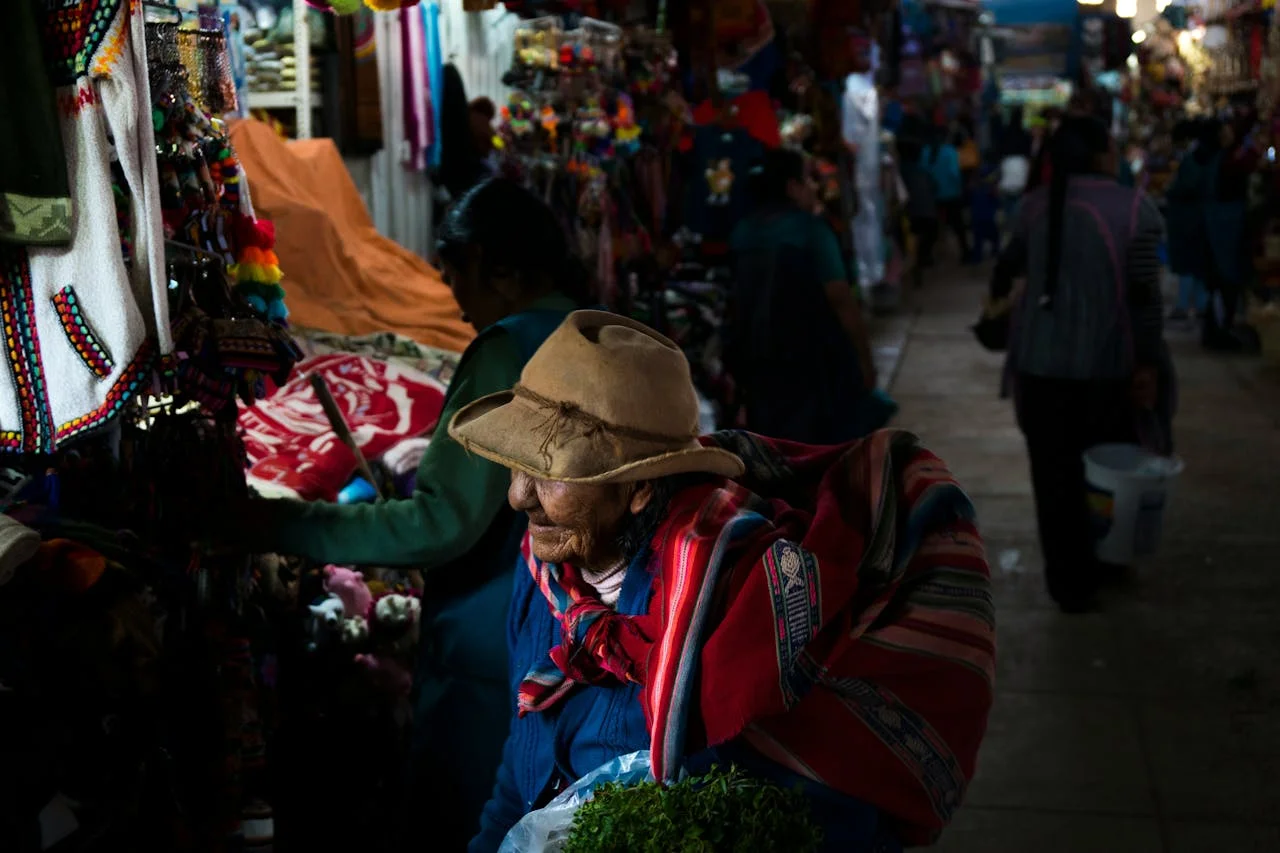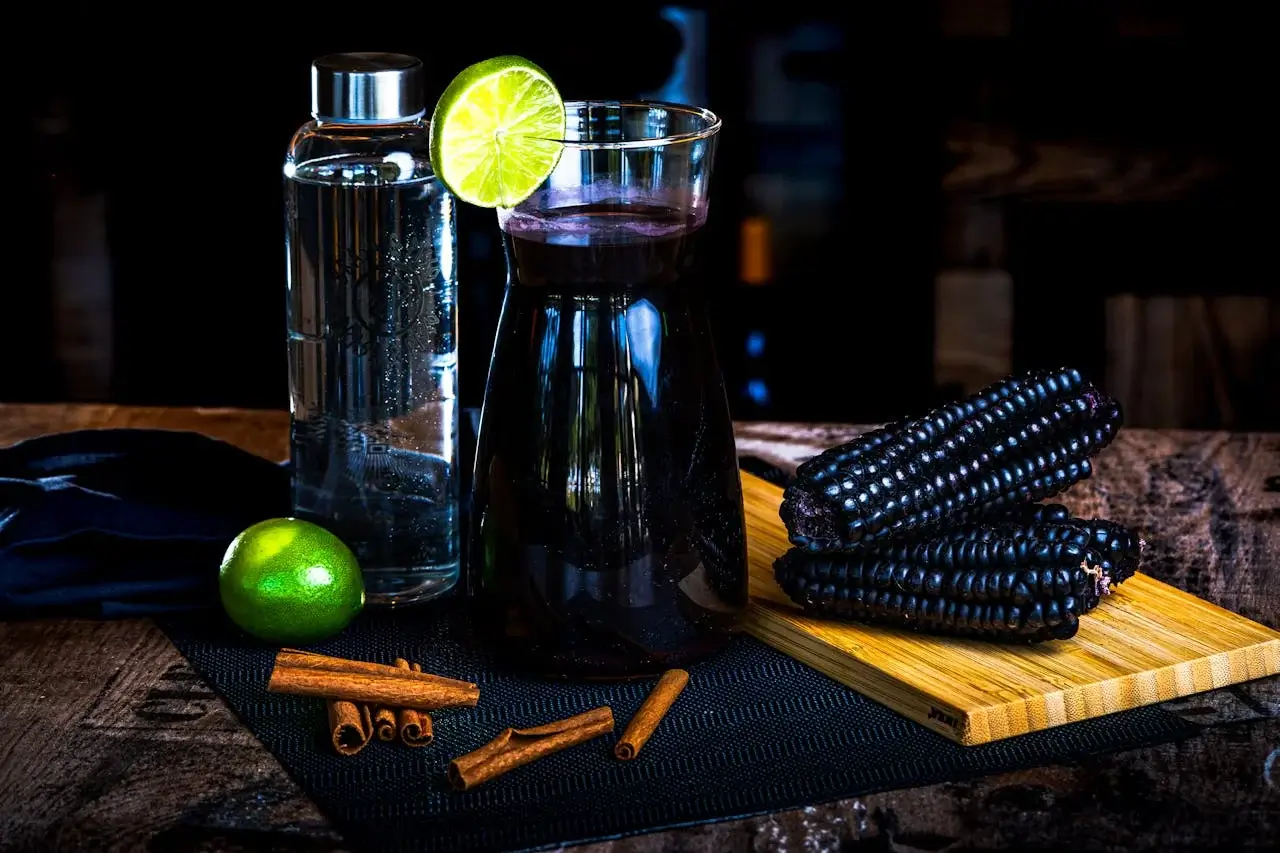In addition to being the entry point to Machu Picchu, Cusco, which is tucked away in the Andes, is a thriving cultural hub where colonial history, ancient customs, and top-notch cuisine all coexist. Your senses are continually delighted as you explore cobblestone streets or look at Inca walls not just by the breathtaking scenery, but also by the amazing flavors and scents that fill the city.
Along with insider advice on where to eat and how to combine your culinary explorations with the region's rich history, this guide will take you on a flavorful journey through Cusco's most famous traditional dishes. Cusco's food will leave you wanting more, regardless of whether you're an experienced tourist, a family looking for new experiences, or a foodie with a taste for authenticity.
Why Cusco is a Top Destination for Food Lovers
Cusco is a gastronomic melting pot due to its Sacred Valley setting, Incan heritage, and Spanish colonial influence. It is one of Peru's top destinations for culinary tourism because of its more than 3,000 different types of potatoes, indigenous grains like quinoa and kiwicha, and an abundance of fresh produce.
One of the most vibrant culinary scenes in Latin America is created when you combine this with a new generation of talented chefs who are reimagining traditional dishes.
Top 10 Traditional Dishes You Must Try in Cusco: A Culinary Journey Through Andean Heritage
1. Ceviche – Peru’s National Treasure
Unquestionably one of Peru's most well-known culinary exports, ceviche is praised globally for its vibrant, reviving flavors. Ceviche, which is typically a coastal dish made with sea fish, is modified for Cusco's highland climate by using fresh trout from neighboring Andean rivers. This regional variation adds a distinctive high-altitude twist while preserving the essential elements of ceviche, which is fresh fish "cooked" in the acidity of lime juice.
Thinly sliced red onions, aromatic cilantro, and a burst of heat from the rocoto pepper a native chili that is hotter and more aromatic than other types
all contribute to the dish's exquisite balance. In addition to adding contrasting sweetness and texture, the addition of sweet potato and giant Andean corn (choclo) symbolizes the Sacred Valley's agricultural abundance.
Ceviche has pre-Columbian roots, but after Spanish and Asian influences arrived, it underwent a transformation. Ceviche, which combines local ingredients and tradition, is a must-try in Cusco and now symbolizes Peru's culinary identity.
2. Lomo Saltado – Stir-Fried Perfection
A great illustration of the blending of cultures that characterizes Peruvian cuisine is lomo saltado. Chinese immigrants brought their wok methods and flavors to Peru in the 19th century, which led to the development of this dish. The end product is a colorful stir-fry of marinated beef strips that have been swiftly sautéed with local spices and soy sauce, along with tomatoes, onions, and occasionally bell peppers.
In order to represent the blending of Eastern and Western culinary traditions, the dish is typically served with both steamed white rice and crispy fried potatoes. It is a popular comfort food in Cusco and throughout Peru because of the harmony of tender meat, fresh vegetables, and the wok's slightly smoky flavor.
Enjoy your meal with a glass of strong red wine or the popular Peruvian soft drink, Inca Kola, which is unusually sweet and bubbly.
3. Aji de Gallina – Creamy and Comforting
In Cusco and throughout Peru, aji de gallina is a staple comfort food. The sauce for this creamy shredded chicken stew is made with walnuts, cheese, milk or cream, and ají amarillo, a yellow chili pepper that adds a vibrant color and mild heat. The recipe originated during the colonial era and was modified using local ingredients from Spanish stews.
Traditionally, this dish is served with white rice and boiled potatoes. It is topped with black olives and hard-boiled eggs, making it a substantial and satisfying meal that locals particularly like on chilly Andean evenings. After a day of touring high-altitude Cusco, this dish is ideal for travelers to warm up.
4. Pachamanca – Ancestral Andean Cooking
A living custom that ties Cusco to its Inca past, pachamanca is more than just a meal. The word's Quechua roots are "pacha," which means earth, and "manca," which means pot. In this dish, different meats typically lamb, pork, chicken, and guinea pig are marinated with vegetables and tubers before being cooked underground on hot stones that have been heated by a wood fire.
The meats are tenderized and given a distinct smoky flavor by the slow-cooking method. Pachamanca, which represents community cohesion and reverence for Pachamama (Mother Earth), is typically prepared during festivals or get-togethers.
Travelers can sample traditional cooking techniques and savor a meal steeped in tradition by visiting Pachamanca.
5. Alpaca Steak – Lean and Flavorful
Because alpaca meat is lean, low in cholesterol, and high in protein, it has long been a mainstay of Andean diets. Alpaca is a popular option for people looking for a healthier substitute without compromising flavor because of its mildly sweet and delicate flavor, which sets it apart from typical red meat.
Alpaca is typically served as a steak in Cusco, where it is expertly grilled or roasted and frequently served with Andean potatoes, chimichurri sauce, or aji verde. The alpaca's value to indigenous peoples as a food source, fiber source, and source of income accounts for the meat's cultural significance.
In addition to being delicious, eating alpaca steak in Cusco allows you to learn about Andean customs and environmentally friendly farming methods.
6. Quinoa Soup – The Inca Superfood
Quinoa, which the Incas referred to as the "mother grain," has been grown in the Andes for thousands of years and is prized for its exceptional nutritional qualities. In Cusco, quinoa soup usually consists of this grain, which is high in protein, simmered with fresh vegetables such as potatoes and carrots, and occasionally shredded beef or chicken.
Because quinoa increases energy and endurance, this filling soup is perfect for tourists getting used to the altitude. In addition to being nutritious, the soup demonstrates Andean culinary expertise in striking a balance between flavor and health.
Quinoa soup provides a hearty, filling experience that has culinary and historical significance.
7. Anticuchos – Smoky Street Food Delight
In Cusco, as in other parts of Peru, anticuchos are among the most recognizable street foods. These marinated beef heart skewers are grilled over charcoal to produce a smoky, tender finish. They are frequently seasoned with cumin, garlic, and ají panca, a mild chili.
Originally made with offal out of economic necessity, anticuchos were historically a dish of the indigenous and Afro-Peruvian communities but eventually became a national favorite. Anticuchos make a tasty, high-protein snack or dinner when served with boiled potatoes and hot ají sauce.
Visit the San Pedro Market at night for the best experience, where locals are lively and vendors are serving freshly grilled anticuchos.
8. Chicharrón – Crispy and Succulent Pork
Chicharrón, a popular dish in Peru, is crispy pork that has been fried to golden perfection. It is usually marinated in regional spices and cooked in Cusco until the inside is juicy and the outside is crunchy. Mote (boiled hominy corn), sweet potatoes, and salsa criolla a zesty onion and chili salad that balances the dish's richness are frequently served with this dish.
Although its origins are in Spanish colonial cooking, it has since evolved into a filling comfort food that is ingrained in Andean cooking customs. Pan con chicharrón, or pork sandwiches, are a popular breakfast or lunch choice, and chicharrón is particularly well-liked as a filling.
9. Trout – Fresh from Andean Waters
Freshwater trout, a regional specialty that is frequently grilled or pan-fried, are abundant in Cusco's immaculate rivers and lakes. Usually served with yucca, rice, and salsa criolla, the trout is served simply so that its delicate, tender flavor can be highlighted.
The fact that trout are a part of Andean diets is evidence of the region's varied ecosystems, which offer protein sources other than conventional livestock. It's a fresh, healthful choice that puts diners in close proximity to Cusco's natural surroundings.
10. Roasted Guinea Pig (Cuy al Horno) – For the Adventurous
Cuy (guinea pig), arguably the most iconic Andean dish, has been eaten in Peru for more than 3,000 years. Traditionally served during festivals and celebrations, it has great cultural and ceremonial significance for the Andean peoples.
Cuy al Horno, which has a crispy skin and tender meat, is roasted whole in Cusco after being marinated in local spices. Pasta, potatoes, salad, and rocoto relleno (stuffed chili peppers) are the typical accompaniments. Cuy is a must-try to truly appreciate Andean culinary heritage, despite the fact that it is daring for many foreigners.
Where to Eat in Cusco: Top Restaurants to Savor Local Cuisine
1. Chicha by Gastón Acurio
High-end culinary artistry with a seasonal, local menu.
2. Cicciolina
Renowned for fusing Peruvian ingredients with international flair.
3. Morena Peruvian Kitchen
Trendy atmosphere, large portions, and beautiful balcony views.
4. Pachapapa
Located in San Blas, famous for Pachamanca and rustic outdoor dining.
5. Uchu Peruvian Steakhouse
Best for meat lovers try the alpaca steak or lomo on volcanic stone.
Cusco’s Best Street Food and Local Markets
San Pedro Market
Try local fruit juices, empanadas, anticuchos, and chicharrón at Cusco’s central market.
Wanchaq Market
A more local experience for fresh produce and hearty, affordable meals.
Must-Try Drinks in Cusco
- Chicha Morada: Sweet purple corn drink.
- Chicha de Jora: Traditional corn beer—mildly fermented.
- Mate de Coca: Coca leaf tea to combat altitude sickness.
- Pisco Sour: Peru’s national cocktail—ideal with ceviche.
Tips for Food Lovers Visiting Cusco
- Altitude Adjustment: Start with soups and light meals during your first day.
- Food Safety: Choose busy street vendors or eat at recommended restaurants.
- Timing: Lunch (almuerzo) is the main meal; dinner is lighter and often later.
- Vegetarian Options: Many dishes can be made vegetarian—look for quinoa, veggie stews, or cheese-based dishes like ocopa.
FAQ: Cusco’s Food Scene
What is the most famous dish in Cusco?
Roasted guinea pig (cuy) is the most iconic and culturally significant dish.
Can vegetarians eat well in Cusco?
Yes, with many quinoa-based dishes, veggie soups, and vegetable stir-fries.
Is street food safe?
Stick to popular vendors or eat at markets like San Pedro during peak hours.
What dessert should I try?
Try mazamorra morada (purple corn pudding) or picarones (sweet potato doughnuts).
We at Andean Travel Experience create custom trips that take you beyond simple sightseeing and allow you to fully experience Peru's culture, customs, and essence. Take a guided culinary tour, experience Pachamanca in the Sacred Valley, or eat at insider-only local favorites.
Are you prepared to sample Cusco? Get in touch with us or DM us. Your next delicious meal is just around

